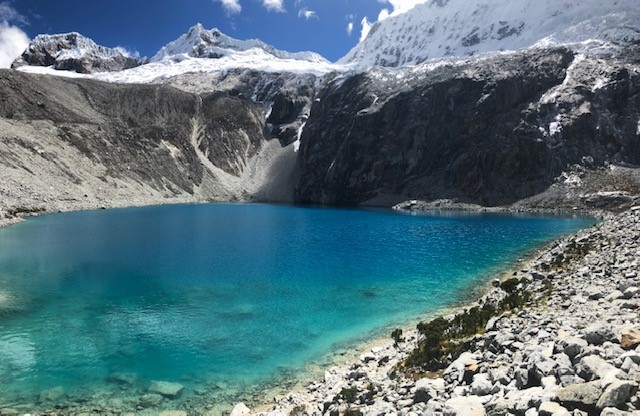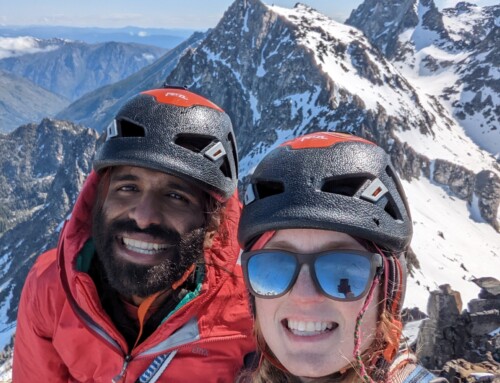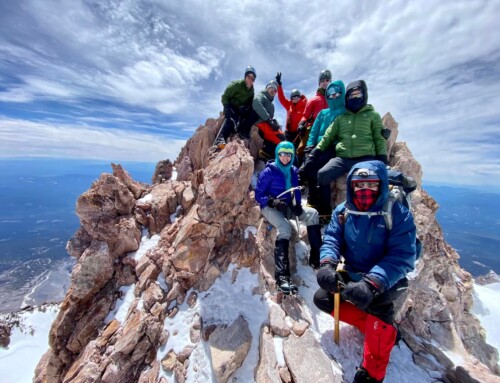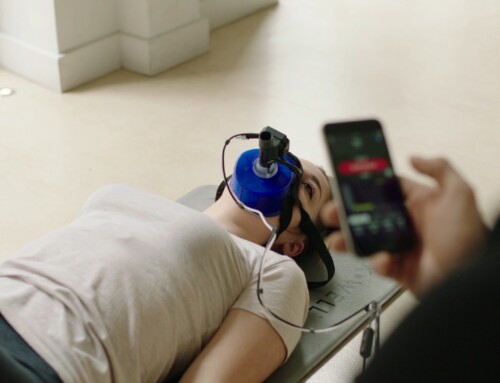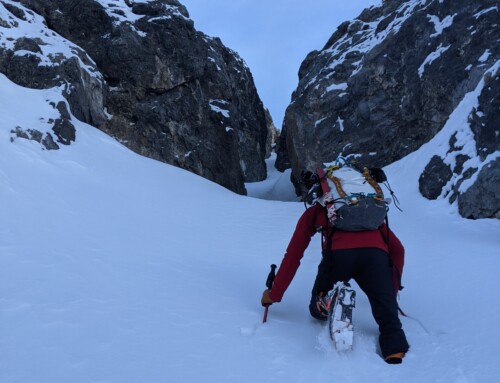JUAN RODRIGUEZ
JANUARY 11, 2019
Original story available, here.
Planning trip to Peru
A few months near the end of spring 2018, I was talking with my friend Matt from Stoneworks Climbing Gym about my upcoming trip to Peru. Inspired by Matt’s slideshow about some high-altitude climbing he’d done with some friends the year before. Though I didn’t have plans to do anything up in the mountains. The pictures in Matt’s slideshow had me wanting to purchase plane tickets right then and there; in particular the photos of bouldering and sport climbing sessions on his in-between days.
Other than climbing trips to Colorado and Donner Pass in Tahoe. I didn’t have much experience rock climbing at high altitudes. I knew that I felt a big difference in my performance circa 5 to 6 thousand feet when I climbed in areas like Boulder or Donner pass. My breathing heavier and I felt sluggish during my sport climbing ventures in those areas. Anything more than 40 feet and I just felt completely drained of energy. The area of Peru I wanted to explore and rock climb was North of Lima in the town of Huaraz where the elevation is around ten thousand feet.
Preparation for Altitude
I was nervous I wouldn’t take to the altitude without some kind of preparation. My trip was only two weeks long. I didn’t want to spend any days of it being sick from the elevation. Matt suggested I pay a visit to the folks at Evolution Healthcare and Fitness in SE Portland. To get information about their altitude training room. That afternoon while working at AntiGravity Equipment I contacted the fitness facility. After a very friendly phone call with their front desk staff and a couple of email exchanges. I had an appointment scheduled for a tour and a consult to see how I might be able to use the altitude room in preparation for my rock climbing trip.
I was expecting some kind of a hyperbaric chamber-like room with double doors. Like you see in sci-fi movies where they step into a clean room and get doused with weird steam. I was also expecting to step into the room and immediately be gasping for breath as if I’d teleported to the summit of Mt. Hood the instant I walked through the door. Neither was the case.
Expectations
Stepping through a normal glass door, there was a pleasant, cool temperature to the room. There was humming from machinery and fans and a slight medicine-y smell to the room that I noticed for a few minutes and then easily ignored after. Before getting down to discussing how to best use the room, I had a couple of questions for Eric Lubell, my tour guide for the initial consult. I asked Eric what exactly was an altitude room? He replied, “An Altitude Training Room is a room where we have intentionally filtered out the oxygen in order to allow clients to perform strength training and cardiovascular training in a low oxygen (or hypoxic) environment. Our room is normobaric, meaning it is not pressurized. A company on the east coast called Hypoxico specializes in building these rooms and has developed the filtration system necessary to make it possible”.
Depending on the day of the week, the room simulates different heights all above 9,000 feet. I was curious why I wouldn’t immediately feel sick coming in from sea level into an environment that was supposed to be the equivalent of being thousands of feet higher. That’s a lot of altitude to suddenly step into and not experience crushing headaches or edemas. What would be preventing me from experiencing other health problems once I was done and magically transported from thousands of feet up back to sea level on the other side of the glass door.
Part of the Science
Again Eric had the answer, “Filters are used to essentially scrub the oxygen out of the room. We use an air compressor to draw in outside air. It is then forced through a series of different filters that allow us to maintain the 650 square foot room at the target altitude. The altitudes we can simulate are from zero to 17,000 feet. The 17,000 foot ceiling max is a factor of the cubic feet of space in the room and the size of the air compressor. If we had either a smaller room, or a larger compressor, we could achieve even higher altitudes.”
What I took from this is that the room wasn’t actually pressurized to reach the target altitude for the day. But rather oxygen was removed via machinery to simulate what it would be like at that particular altitude. Thus no need for those sci-fi double pane entrances or getting violently sick suddenly dropping into and out of 17,000 feet.
After learning the technical details of how the room worked. Eric assuring me I wasn’t going to suddenly develop cerebral or pulmonary edema. Ready to talk a bit more about how I could use the altitude room to acclimatize prior to my trip. I had no grand illusions of showing up to Peru and crushing hard grades. I did want to get there and not die by just hiking to the area where the proposed climbing was. In the next blog post I’ll share with you what kind of changes I experienced during my use of the altitude room. And how I worked the training into an already packed schedule.
AntiGravity Equipment teamed up with Brad Farra. To bring you the first of 3 video clips as we look back on my experience. While training in the altitude room in preparation for my rock climbing trip in Peru, then continuing the training after the trip for two upcoming competitions. 24 Hour Horseshoe Hell and The Portland Boulder Rally. Click on the thumbnail below to see the interview and the altitude room. Stay tuned for the next two parts in this series.


